| I
traveled to Bolivia in July of 2011. I visited two places on Lake
Titicaca, Copacabana and Sun Island, both important parts of the early
Inca's. Bolivia is still quite poor in contrast to it's neighbors, but
is doing better than it has done in the past. |
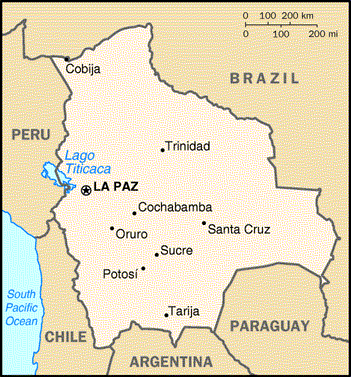 |
Bolivia was once an important part of the Inca Empire. In 1533, the Spanish finished their conquest of the Inca Empire. Bolivia was then called “Upper Peru” under the authority of the Viceroy of Lima. Bolivia’s predominantly native population was reduced to slavery in the 16th century. Bolivia soon gained the distinction of having the largest Silver mine in the world, Potosi, and native peoples were used to work the mine. Becoming independent in1825, the country was named after Simon Bolivar, the famous South American liberator. Bolivia lost a lot of territory to three neighboring nations and its outlet to the Pacific to Chile in a series of wars. The result was political instability. In 1964, a military junta overthrew the President and a guerilla movement from Cuba headed by “Che” Guevara began a revolutionary war. With the aid of U.S. military advisers, the Bolivian army defeated the guerillas, capturing and killing Guevara on October 8, 1967. Since then Bolivia has stabilized under a it's later Presidents and has started cooperating with its neighbors. |
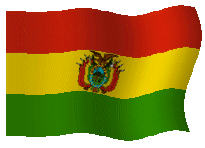 |
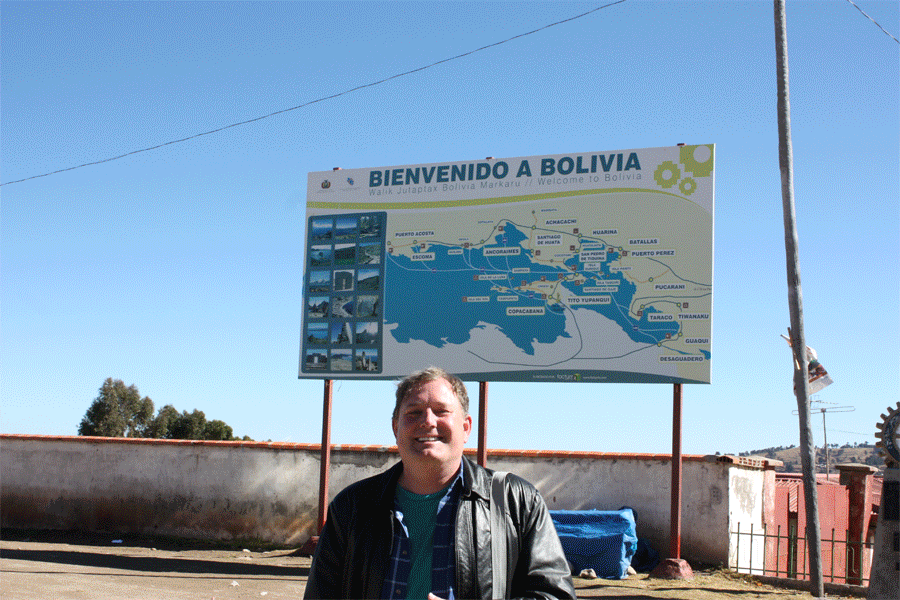
Images of Copacabana
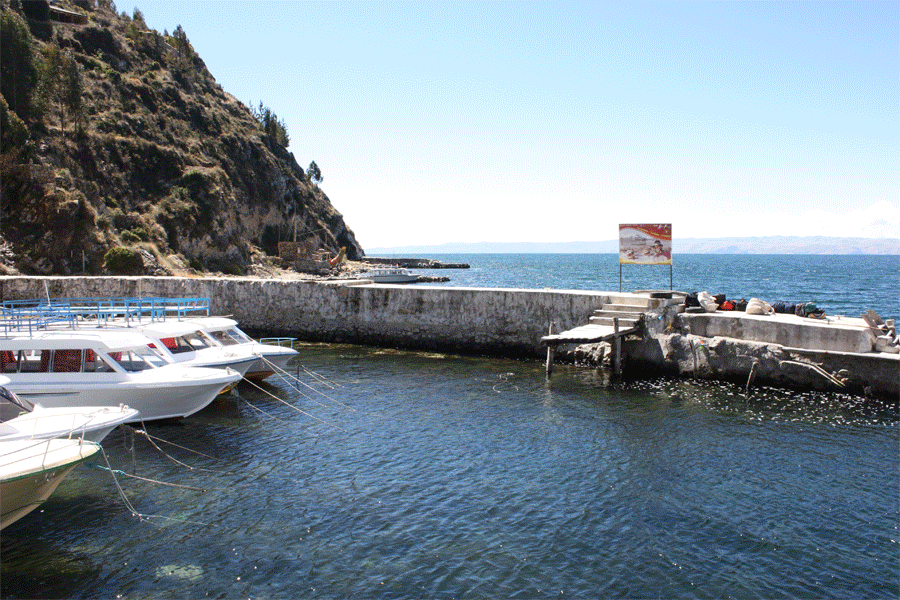
Images of Sun Island
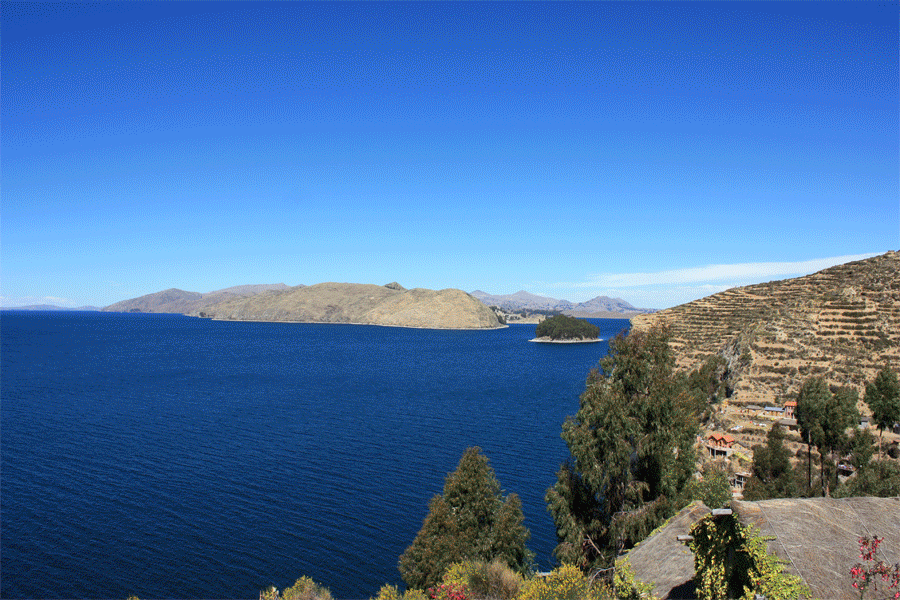
More images of Bolivia


